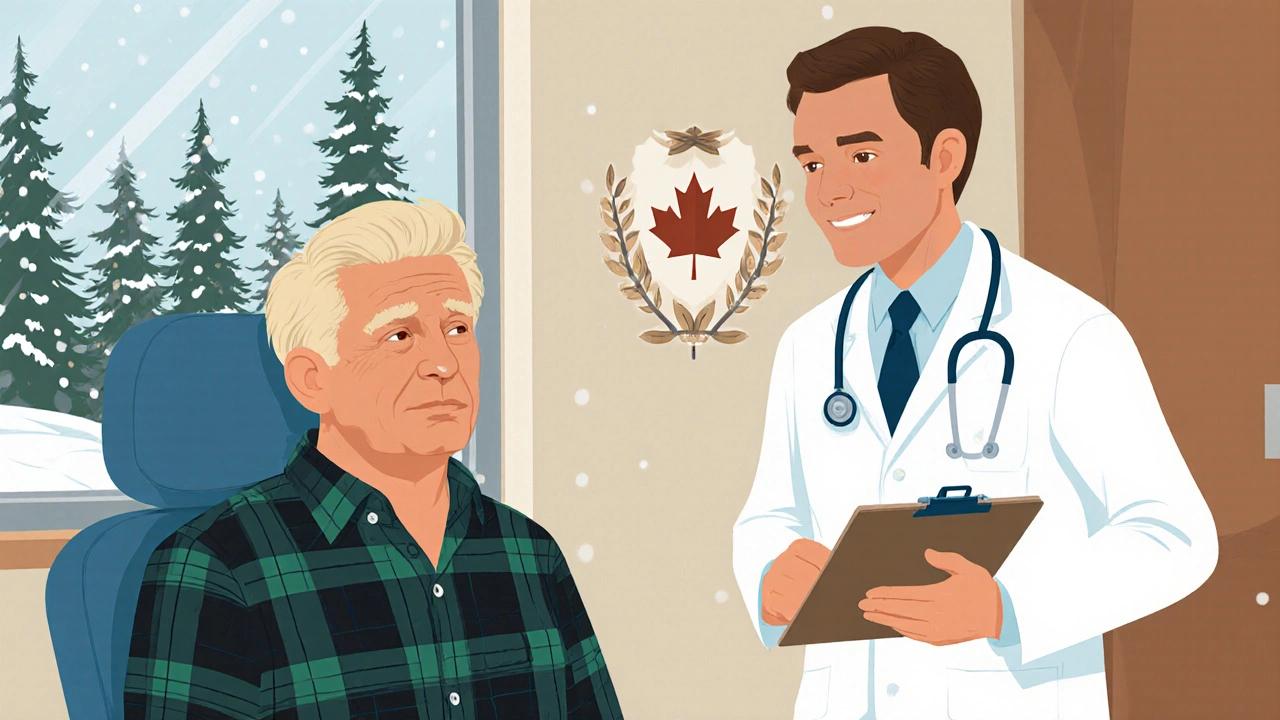Prostate Health: What Every Man Should Know
Keeping your prostate in good shape is a small part of staying healthy, but many men skip it until a problem shows up. The prostate is a walnut‑sized gland that sits just below the bladder and helps make semen. When it works well, you won’t notice it at all. When it’s irritated or enlarged, you may feel frequent urination, weak flow, or discomfort. Knowing the basics can help you catch issues early and avoid unnecessary drama.
Common Issues and When to See a Doctor
Three conditions show up most often. The first is benign prostatic hyperplasia (BPH), an age‑related growth that squeezes the urethra. BPH isn’t cancer, but it can make you pee a lot at night or feel like you never finish emptying your bladder. The second is prostatitis, which is inflammation that can be caused by infection or irritation. It often brings pain in the lower back or groin, plus a burning feeling when you pee. The third is prostate cancer, the most serious of the three. Early cancer may not cause any symptoms, but later stages can cause blood in the urine, pain, or a hard lump that you can feel during a digital rectal exam (DRE).
When should you call a doctor? If you notice any change in your urination pattern that lasts more than a week, feel pain during or after sex, or spot blood in urine or semen, it’s time to get checked. Even if you feel fine, men over 50 should have a routine PSA (prostate‑specific antigen) blood test and a DRE every year. If you have a family history of prostate cancer, start screening a few years earlier.
Simple Lifestyle Steps to Support Prostate Health
Diet plays a big role. Foods rich in lycopene, like tomatoes, watermelon, and pink grapefruit, have been linked to lower prostate issues. Adding cruciferous veggies such as broccoli, cauliflower, and kale can also help. Limit red meat and high‑fat dairy, as they may increase inflammation. A handful of nuts daily—especially Brazil nuts for selenium—offers extra protection.
Exercise matters, too. Regular aerobic activity, like brisk walking, jogging, or cycling, improves blood flow to the pelvic area and reduces hormonal spikes that can trigger prostate growth. Aim for at least 150 minutes of moderate exercise each week. Strength training helps keep hormone levels balanced, which can lower BPH risk.
Stay hydrated, but don’t overdo caffeine or alcohol. Both can irritate the bladder and make you feel the urge to go more often. If you’re prone to nighttime trips, cut back on fluids after dinner and keep caffeine to the morning.
Finally, don’t ignore mental health. Stress raises cortisol, which can affect hormone balance and worsen prostate symptoms. Simple stress‑relief habits—deep breathing, short walks, or short meditation sessions—keep cortisol in check.
In summary, prostate health isn’t a mystery. Regular check‑ups, a diet rich in fruits and veggies, consistent exercise, and smart fluid choices give your prostate the best chance to stay calm. If anything feels off, talk to a doctor sooner rather than later. Taking these steps now can save you hassle and health worries down the road.

BPH Symptoms: When to See a Doctor for Prostate Health
Learn the common signs of benign prostatic hyperplasia, red‑flag symptoms that need urgent care, and what to expect during a medical evaluation.
